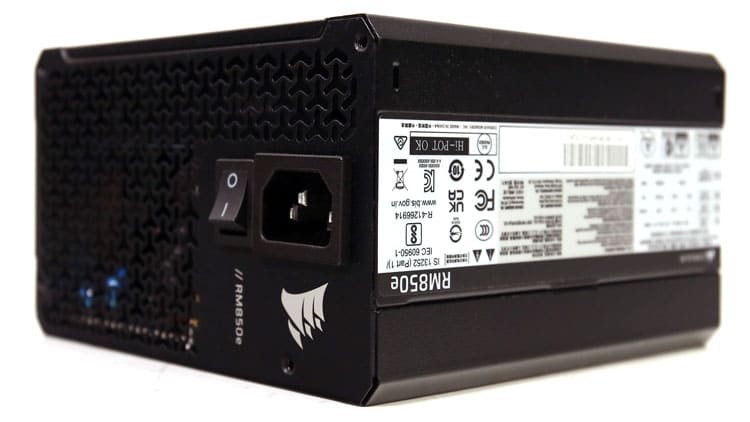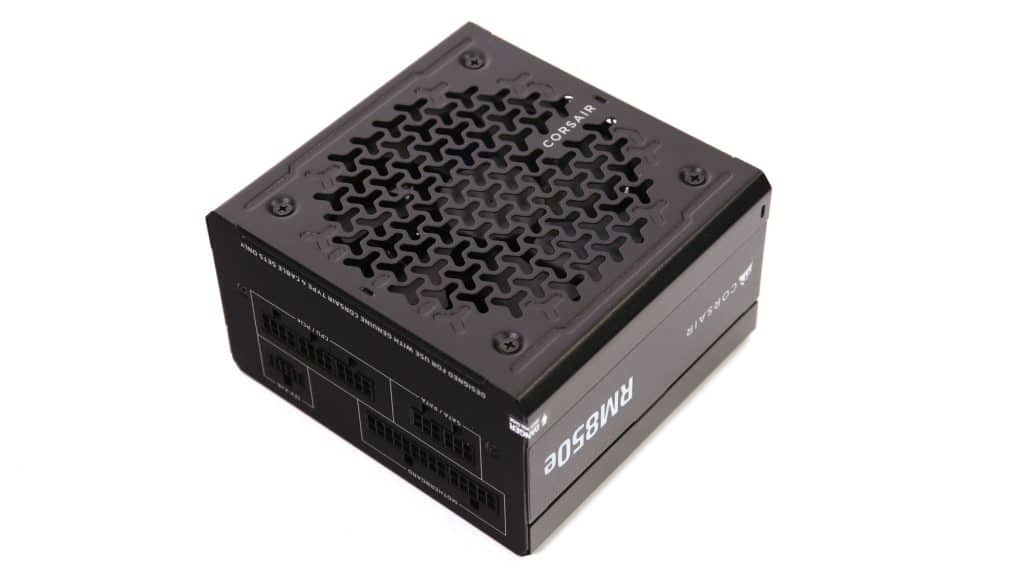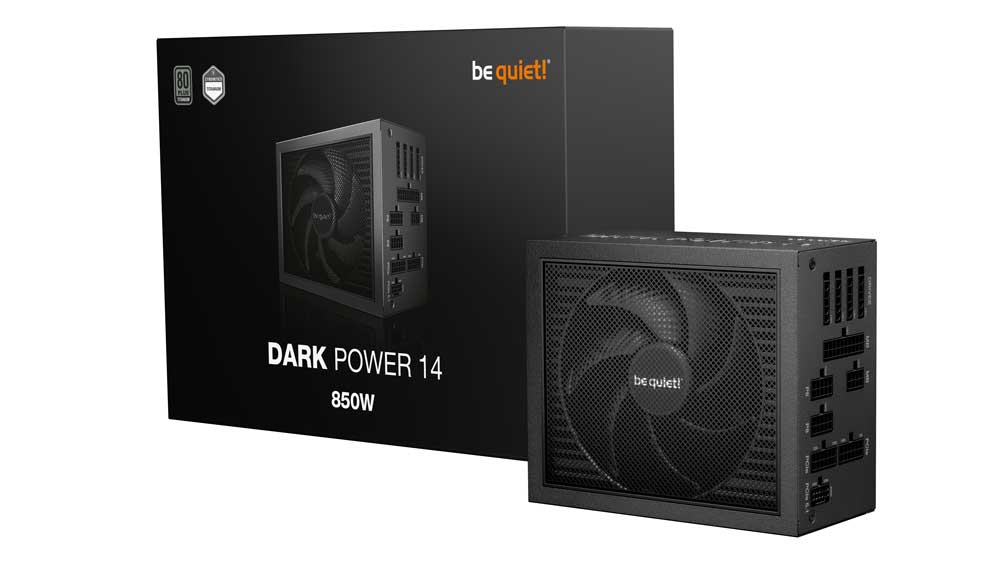Epilogue
The RM850e unit’s overall performance is notably lower than the new RM850x, making the second a oneway road if you are after top performance in this market segment. With a 20-dollar difference between the units mentioned above, I would go for the higher-performance one since you will keep a good PSU for several years. Now, if you don’t care for performance but need to save money for a shiny new GPU, and every dollar counts, you will be okay with the RM850e.
I would like to see a better transient response at 3.3V. It’s not that this rail counts much, but from the moment the ATX spec still includes it and several PC parts still use it, it has to be included in my performance algorithm. The APFC converter also needs tuning for higher PF readings. On the other hand, load regulation and ripple suppression are good enough, and the same goes for the transient response of the 12V rail at high loads. Lastly, HEC should adjust the protection features on this PSU and provide more distance between the cold and hot 12V OCP and OPP triggering points. Although they are conservative, it still doesn’t make much sense to have them identical under cold and hot temperatures. Typically, a PSU is stressed way more under high temperatures, so it only makes sense to have lower OCP and OPP triggering points under stressful conditions than normal operating (temperature) conditions.
The RM850e (ATX v3.1) will support NVIDIA’s new RTX 5070 and 5070 Ti graphics cards, and it won’t have any problem even with the 360W RTX 5080, given that you don’t pair it with a super power-hungry CPU set at an extreme performance profile. Some users cannot fully understand that modern high-end CPUs can be as power-hungry as mid-level GPUs, so the combined power consumption must be considered when you decide on your next PSU purchase.
Before investing in a new power supply, read my Best ATX v3.x PSUs article to check all alternative PSU offerings. You help me a lot by using my affiliate links, which don’t increase the product’s price. I get a commission from Amazon every time you do it, which can make a difference for me, especially now that I am on my own, working exclusively for my media and not for someone else.
- Delivered full power at 47°C
- Quiet operation
- Cybenetics Gold Certified
- Efficient 5VSB rail
- Within 1% load regulation at 12V and 5V
- Good ripple suppression
- Low vampire power at 115V
- Good soldering quality
- Good quality rifle-bearing fan
- Alternative Low Power Mode (ALPM) compatible
- Not a competitive price
- Lower than 70% efficiency with a 2% load
- Not tight load regulation at 3.3V
- Mediocre transient response at 3.3V
- I would like to see higher PF readings
- Protection features need some adjustments




Hi Aris,
I had a general question about PSUs and don’t know where to post it so I’ll just put it here.
For most of the other PC components there is this “world of information” that you can use to make decisions on what to buy but also when to buy. Either news, announcements, rumors, roadmaps etc , but for PSUs it’s mostly silent, especially for non flashy brands.
I’m looking for a new PSU 1000-1200W. I bought the Leadex II a long time ago, by sheer chance with no research and it turned out really good and was looking to keep consistent. I can’t find the 1200W XP version around, only the 1000W XP or Gold but they both seem just decent from the reviews and not top of the line like the 1200W version.
Also can’t find anywhere near the FSP Hydro Ti Pro. All the shops I called said they have stocks when a new unit comes out and slowly go out, and it’s the same thing for most of the top line units. Mid range units are in stock everywhere.
I feel like I’m chasing blind.
So how often do manufacturers launch new lines? It is wise to just buy whatever you find available at a given time or is it worth waiting? How do you know what is expected to come? Could a new ATX spec significantly change the scene?
Thank you!
Hi! Brands try to launch new PSU lines as often as possible because, believe it or not, PSUs are among the most highly profit parts of the IT industry, although not the most flashy ones.
Of course, when there is a new ATX spec like we had the past years, all try to update their lines and get in line with it. In any case, if you are looking for a good 1200W unit, try a Corsair Shift or if 1000W is ok for you, check the RM1000x ATX v3.1. Super Flower models, Leadex Pro, XP etc are also top-notch.
I recently bought RM1000x ATX v3.1, and unit exibits extreme high pitched coil whine when system is not under load, when cpu load increases, coil whine dissapears, I really don’t know is this my system, or quailty of electric installations or simply bad unit. Do you have any recommended PSU that exibit low coil whine?
because of burst mode operation at light loads, to increase efficiency, most modern PSUs can have coil whine at this region, depending on the rest hardware on the test system. It is difficult to suggest something, because it also has to do with the rest system components.
Thank you for your answer, in meantime i managed to find out that disabling c states in my motherboard bios can remove idle coil whine, it is audible only before booting into windows and in bios. I didn’t really need 1000w, I just wanted to “future proof” my system, in theory would going to lower wattage like 850w or 750w help, I always go for 300w gpus?